In an aqueous solution, the Tl+(aq) ion is more stable than is Tl3+(aq). In general, these metals will react with air and water to form 3+ ions; however, thallium reacts to give thallium(I) derivatives. The metals of group 13 all react directly with nonmetals such as sulfur, phosphorus, and the halogens, forming binary compounds. The elements in group 12 are transition elements; however, the last electron added is not a d electron, but an s electron. Since the last electron added is an s electron, these elements qualify as representative metals, or post-transition metals.
Classification of elements into groups
A sacrificial anode, or galvanic anode, is a means of providing cathodic protection of various metals. Cathodic protection refers to the prevention of corrosion by converting the corroding metal into a cathode. As a cathode, the metal resists corrosion, which is an oxidation process. Corrosion occurs at the sacrificial anode instead of at the cathode.
Group 1: The Alkali Metals
One way to disrupt the film is to expose the passivated metal to mercury. Some of the metal dissolves in the mercury to form an amalgam, which sheds the protective oxide layer to expose the metal to further reaction. The formation of an amalgam allows the metal to react with air and water. Zinc is the most reactive in group 12, and mercury is the least reactive.
Properties That Display Periodicity
Dental amalgams are approximately 50% mercury by weight, which, in recent years, has become a concern due to the toxicity of mercury. In chemistry, periodicity refers to repeating trends in audit working papers element properties on the periodic table. Basically, what this means is if you drop down a row (period) on the table and move across it, elements follow the same trend as other periods.
A metalloid is an element that has properties that are between those of metals and nonmetals; these elements are typically semiconductors. Unlike metals, which typically form cations and ionic compounds (containing ionic bonds), nonmetals tend to form anions or molecular compounds. In general, the combination of a metal and a nonmetal produces a salt. Allotropes are two or more forms of the same element in the same physical state with different chemical and physical properties. As with other allotropes, the difference between these forms of tin is in the arrangement of the atoms. White tin is stable above 13.2 °C and is malleable like other metals.
Passing an electrical discharge through sodium vapor also produces this color. In both cases, this is an example of an emission spectrum as discussed in the chapter on electronic structure. Streetlights sometime employ sodium vapor lights because the sodium vapor penetrates fog https://www.quick-bookkeeping.net/ better than most other light. This is because the fog does not scatter yellow light as much as it scatters white light. The other alkali metals and their salts also impart color to a flame. Lithium creates a bright, crimson color, whereas the others create a pale, violet color.
- This phenomenon, the inert pair effect, refers to the formation of a stable ion with an oxidation state two lower than expected for the group.
- This helped scientists find new elements because they could be expected to display certain characteristics based on the location they would take in the periodic table.
- A substance, such as these two, that will react with both acids and bases is amphoteric.
The formation of hydrogen gas indicates that the heavier alkaline earth metals are better reducing agents (more easily oxidized) than is hydrogen. As expected, these metals react with both acids and nonmetals to form ionic compounds. Unlike most salts of the alkali metals, many of the common salts of the alkaline earth metals are insoluble in water because of the high lattice energies of these compounds, containing a divalent metal ion. The properties of the alkali metals are similar to each other as expected for elements in the same family. The alkali metals have the largest atomic radii and the lowest first ionization energy in their periods. This combination makes it very easy to remove the single electron in the outermost (valence) shell of each.
The coating is a nonreactive film of oxide or some other compound. Elemental magnesium, aluminum, zinc, and tin are important in the fabrication of many familiar items, including wire, cookware, foil, and many household and personal objects. Although beryllium, cadmium, mercury, and lead are readily available, there are limitations in their use because of their toxicity. Group 13 contains the metalloid boron and the metals aluminum, gallium, indium, and thallium. The lightest element, boron, is semiconducting, and its binary compounds tend to be covalent and not ionic. The remaining elements of the group are metals, but their oxides and hydroxides change characters.
The alkaline earth metals (beryllium, magnesium, calcium, strontium, barium, and radium) constitute group 2 of the periodic table. The name alkaline metal comes from the fact that the oxides of the heavier members of the group react with water to form alkaline solutions. Because of this charge increase, the atoms of the alkaline earth metals are smaller and have higher first ionization energies than the alkali https://www.quick-bookkeeping.net/buyer-entries-under-perpetual-method-financial/ metals within the same period. The higher ionization energy makes the alkaline earth metals less reactive than the alkali metals; however, they are still very reactive elements. Their reactivity increases, as expected, with increasing size and decreasing ionization energy. In chemical reactions, these metals readily lose both valence electrons to form compounds in which they exhibit an oxidation state of 2+.
The alkali metals lithium, sodium, potassium, rubidium, cesium, and francium constitute group 1 of the periodic table. Although hydrogen is in group 1 (and also in group 17), it is a nonmetal and deserves separate consideration later in this chapter. what is a cost sheet definition components format The name alkali metal is in reference to the fact that these metals and their oxides react with water to form very basic (alkaline) solutions. In addition to the representative metals, some of the representative elements are metalloids.
Browse activites and resources for students and educators from elementary school to post-doc, including a gallery of periodic tables. The clear NO initially formed quickly undergoes further oxidation to the reddish brown NO2. Use periodic table merchandise as prizes for creative uses of the periodic table, poem contests, art contests, and more. Textbook content produced by OpenStax is licensed under a Creative Commons Attribution License .
Mendeleev organized elements according to recurring properties to make a periodic table of elements. The rows in the periodic table (the periods) reflect the filling of electrons shells around the nucleus, so when a new row begins, the elements stack on top of each other with similar properties. For example, helium and neon are both fairly unreactive gases that glow when an electric current is passed through them. Lithium and sodium both have a +1 oxidation state and are reactive, shiny metals.


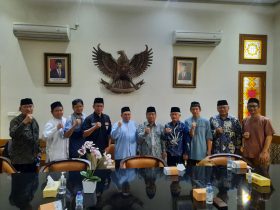



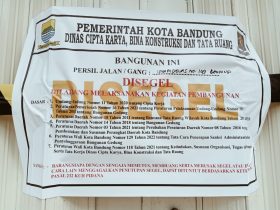






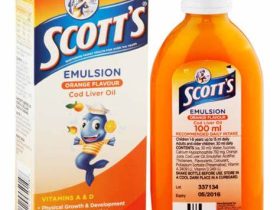
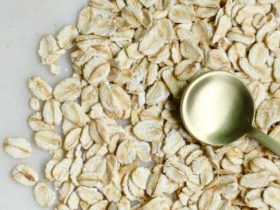


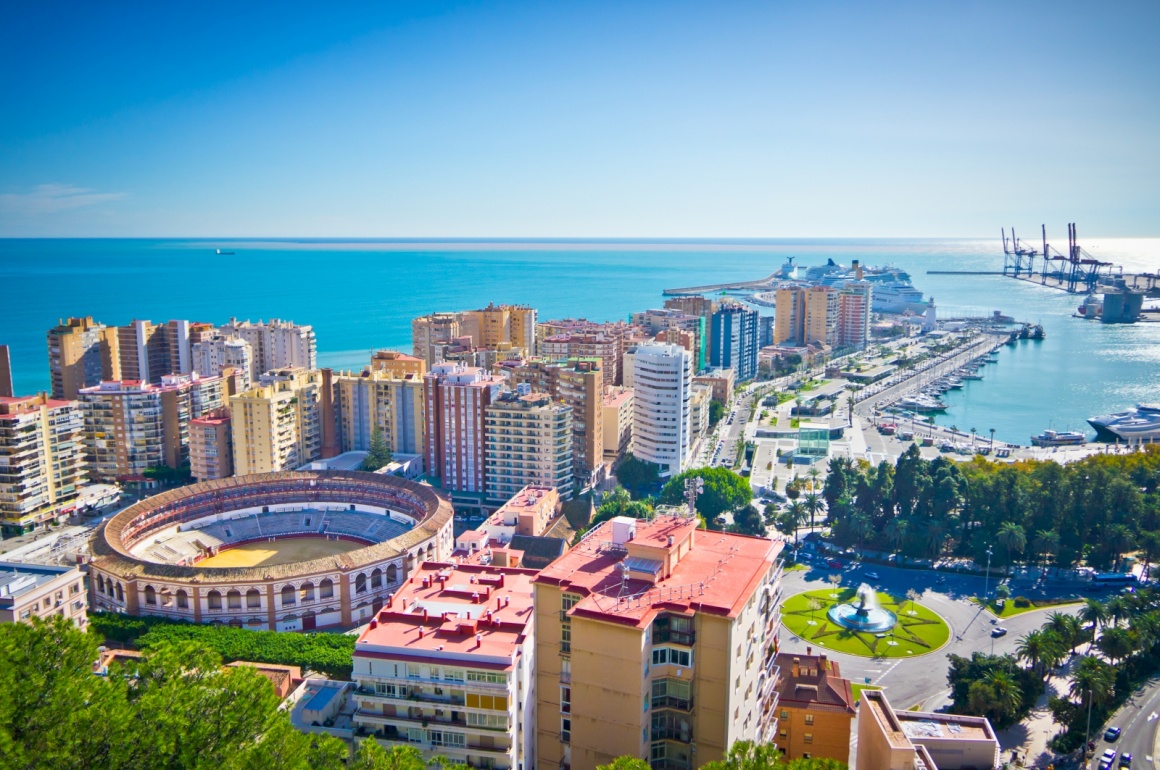

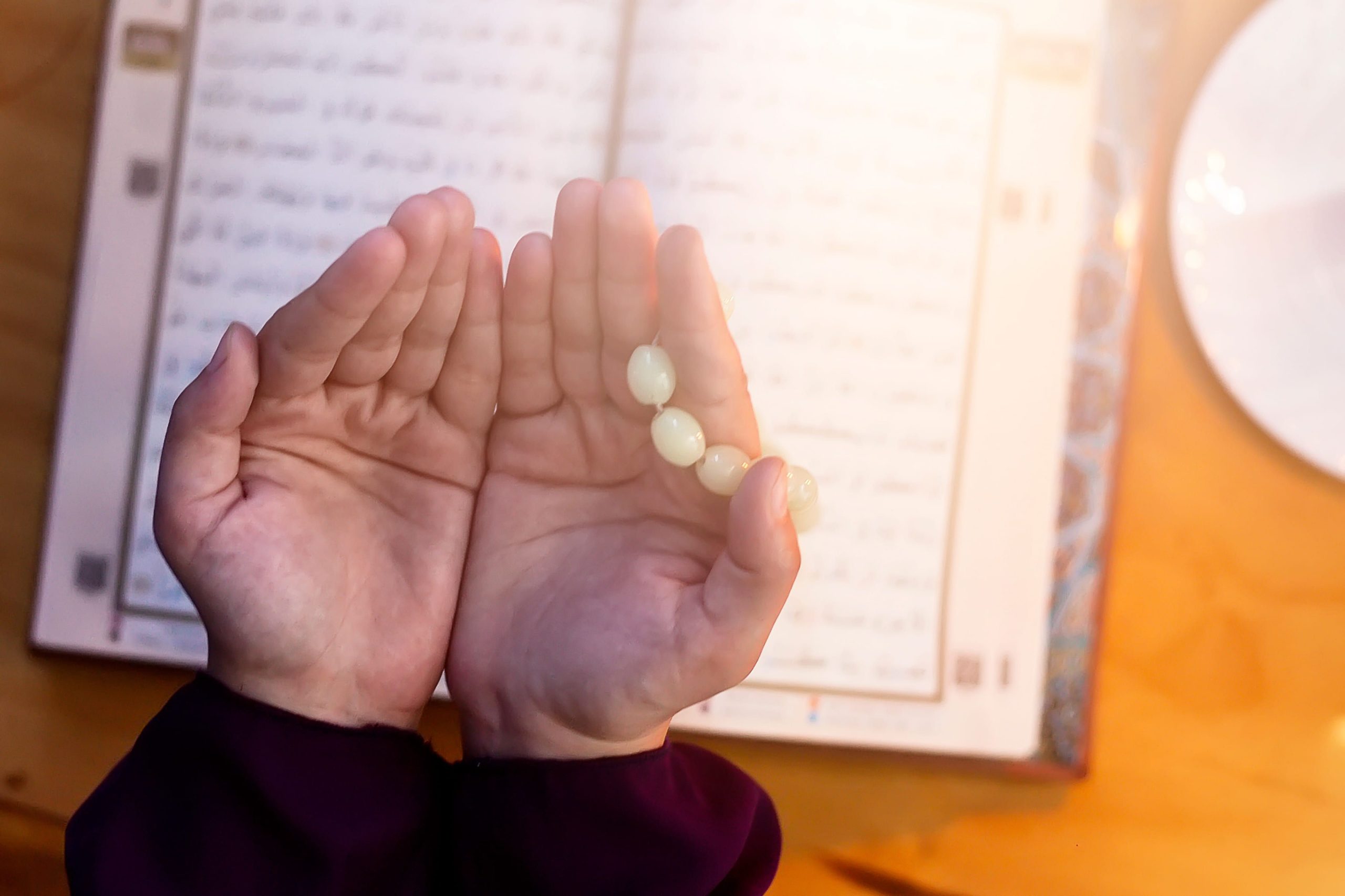





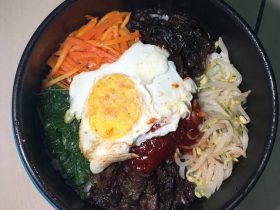






Leave a Reply